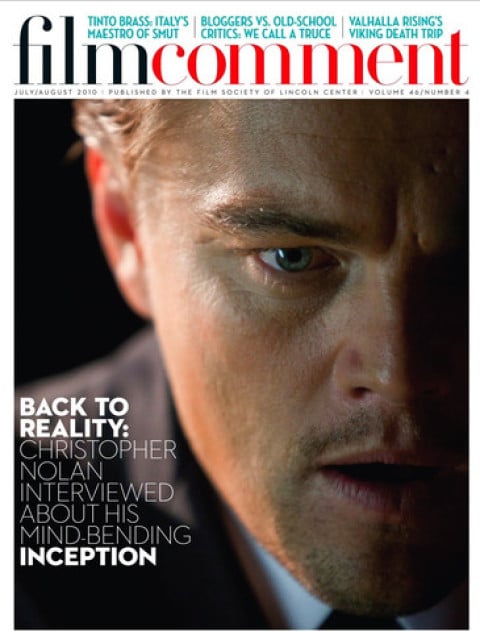
Imagine a Nazi propaganda film so monstrous even a Nazi can’t stomach it. That’s one possible and highly probable scenario suggested by Yael Hersonski’s remarkable Holocaust documentary, A Film Unfinished. In 1942, about two years after the establishment of the Warsaw ghetto, a German film crew began to shoot and compile footage for a project that was eventually abandoned. Some of the material has made its way into the standard repertoire of Jewish ghetto documentation, but now, thanks to the director’s research and her film-within-a-film strategy, the images can be seen in their original context—a frame of reference that allows for yet another new and uniquely disturbing perspective on the Shoah.
The Nazis, as Hersonski irrefutably demonstrates, staged events for a Jewish “documentary.” Multiple takes of scenes taken from supposed daily life appear as they were shot in camera, back to back. Framing, and the actions of the “actors,” are clearly adjusted for aesthetic—or at least formal—ends. In terms of content, sequences of impossible luxuriousness (e.g., wealthy Jews in the ghetto feasting in opulent settings) were apparently designed to be juxtaposed, in the editing room, with footage of the abhorrent conditions of the poor, who are shown suffering and dying in the streets. Why? The explicit answer—which Hersonski carefully evades—is as obvious as it is repellent: imagine a PR film for the Final Solution.








